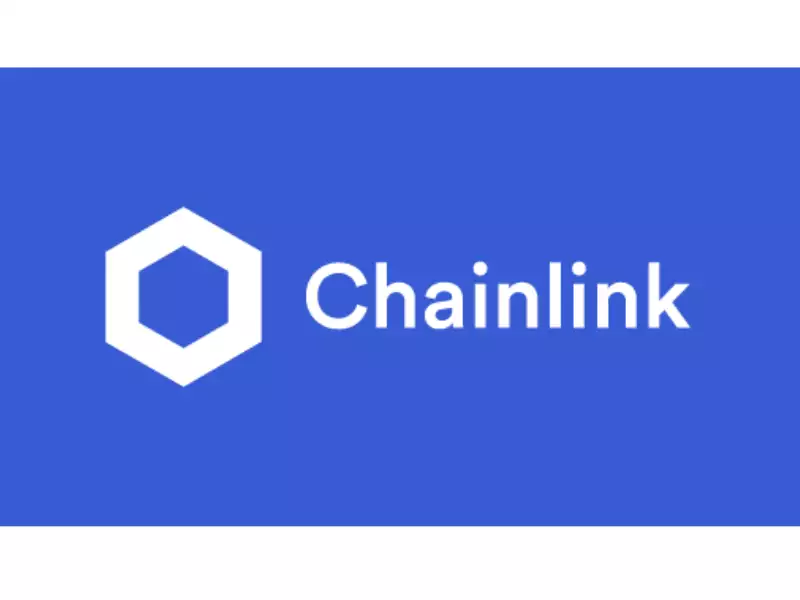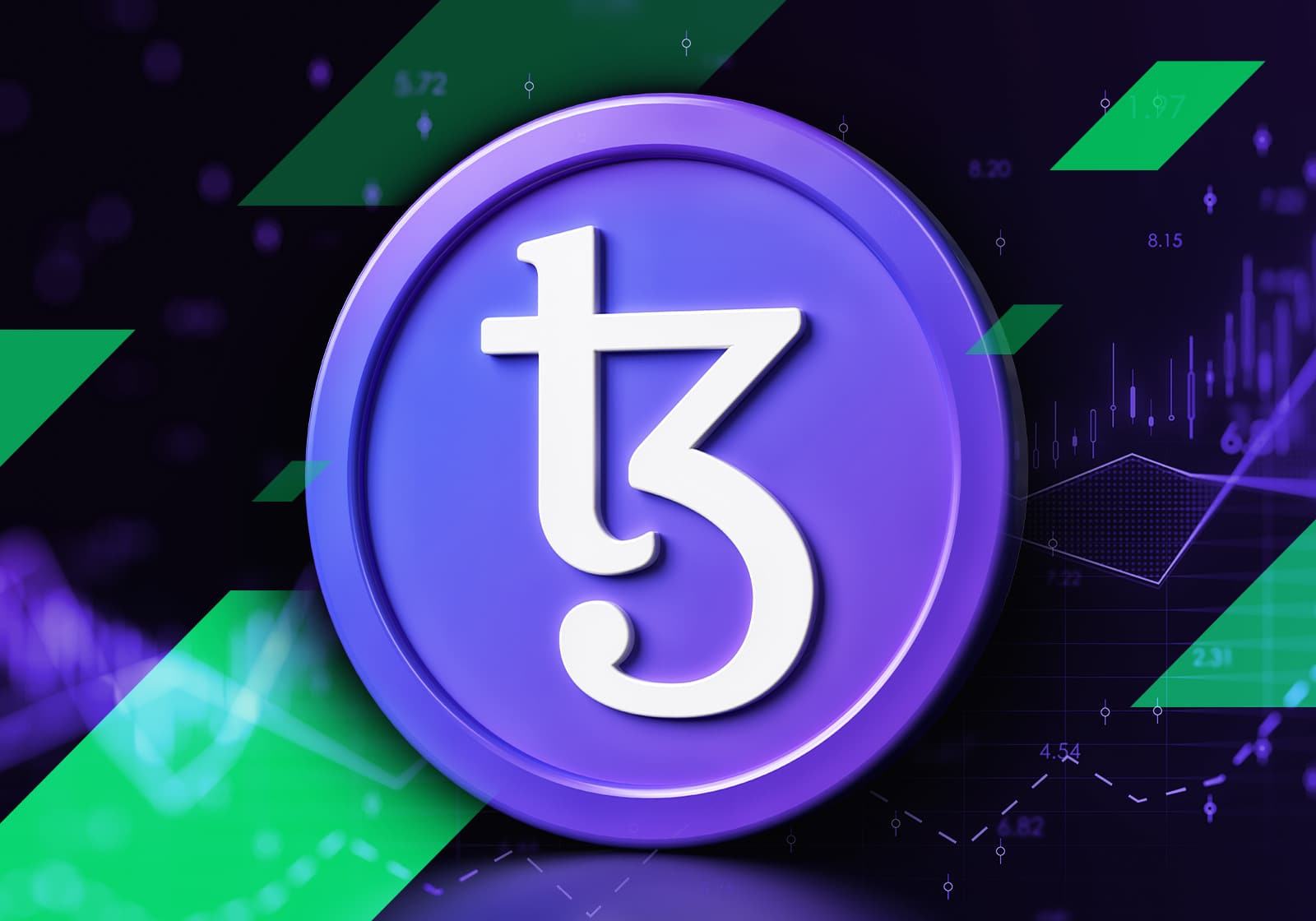BITCOIN MINERS ARE THE DUNG BEETLES OF THE ENERGY SECTOR
The bitcoin miners, in particular, play a pivotal role in securing the blockchain network and processing transactions.

Bitcoin miners, in particular, play a pivotal role in securing the blockchain network and processing transactions. These miners are often likened to the unsung heroes or even the "dung beetles" of the energy sector, as they work tirelessly to validate and record transactions, all while consuming significant amounts of energy. In this comprehensive guide, we'll explore the cryptocurrency mining landscape, including the machines, software, sites, calculators, and apps that make it all possible.
Cryptocurrency Mining Machines for Bitcoin Miners
Cryptocurrency mining machines, also known as mining hardware or rigs, are the backbone of the entire mining process. These machines are specifically designed to solve complex mathematical problems, a process known as hashing. The two most prominent machines used for cryptocurrency mining are:
- ASIC (Application-Specific Integrated Circuit) Miners: ASIC miners are highly specialized machines built to perform a single task ? mine cryptocurrencies. They are incredibly efficient and have become the go-to choice for Bitcoin mining due to their superior processing power.
- GPU (Graphics Processing Unit) Miners: GPU miners use high-performance graphics cards to mine a variety of cryptocurrencies, making them more versatile than ASIC miners. They are often preferred for mining altcoins or other cryptocurrencies that are ASIC-resistant.
The choice between ASIC and GPU miners depends on factors like the cryptocurrency being mined, budget, and energy costs. Mining machines can be purchased from various manufacturers, with Bitmain and MicroBT being two of the most well-known names in the industry.
Cryptocurrency Mining Software for Bitcoin Miners
Mining software is the bridge that connects your mining hardware to the cryptocurrency network. The right software can significantly impact your mining efficiency. Key components of mining software include:
- Mining Pools: To increase the chances of earning rewards, miners often join mining pools. These are groups of miners who combine their computing power and share the rewards proportionally.
- Mining Clients: Mining clients or mining software applications are responsible for configuring your mining hardware and connecting it to the blockchain network. Popular mining clients include CGMiner, BFGMiner, and NiceHash.
- Operating Systems: Mining-specific operating systems like HiveOS and EthOS are designed to optimize mining performance, but miners can also use standard OS platforms like Windows or Linux.
Cryptocurrency Mining Sites
Crypto mining sites are online platforms that provide essential information and services to miners. These sites offer a wide range of resources, including:
- Mining Pools: Many mining sites offer lists of mining pools, their fees, and the cryptocurrencies they support. Examples include Slush Pool, F2Pool, and BTC. Com.
- Marketplace for Mining Hardware: Some sites function as marketplaces where miners can buy and sell mining equipment.
- Forums and Communities: Online forums like BitcoinTalk and Reddit's r/gpumining are invaluable sources of information, where miners can discuss strategies, share experiences, and ask for help.
- News and Updates: Mining sites often provide the latest news and updates related to the cryptocurrency mining industry, keeping miners informed about important developments.
Cryptocurrency Mining Calculators
Crypto mining calculatoris essential tools for miners to estimate potential profits and costs. These calculators take into account factors like hash rate, power consumption, electricity costs, and pool fees to provide an estimate of profitability.
Miners can find various online calculators tailored to specific cryptocurrencies. One of the most popular calculators for Bitcoin mining is the Bitcoin Mining Profitability Calculator, which helps miners determine if their operation will be profitable based on real-time data.
Bitcoin Mining Apps
Bitcoin mining apps are mobile applications that allow individuals to monitor and manage their mining operations remotely. These apps offer features such as:
- Monitoring: Users can track their mining hardware's performance, including hash rate, temperature, and power consumption, from their smartphones.
- Alerts: Some apps provide real-time alerts for critical issues, helping miners take immediate action in case of hardware failures or overheating.
- Remote Control: Certain apps enable users to restart or shut down their mining machines remotely, providing an added layer of convenience and control.
Cryptocoin Mining Rigs
Cryptocoin mining rigs refer to the setup or configuration of mining hardware used to mine specific cryptocurrencies. These rigs can vary in terms of components, cooling systems, and power supplies based on the needs of the miner and the cryptocurrency they are targeting. Common types of mining rigs include:
- CPU Mining Rigs: These rigs use the central processing unit (CPU) of a computer to mine cryptocurrencies, typically older or less complex coins.
- GPU Mining Rigs: GPU mining rigs are equipped with multiple high-end graphics cards, making them suitable for mining a wide range of cryptocurrencies, including Ethereum, Zcash, and Litecoin.
- FPGA (Field-Programmable Gate Array) Mining Rigs: FPGAs are less common but offer a balance between ASICs and GPUs in terms of efficiency and adaptability.
- ASIC Mining Rigs: These rigs are specifically configured for Bitcoin and other cryptocurrencies that require specialized hardware. ASIC rigs are known for their efficiency but lack versatility.
Cryptocurrency Mining and Energy Consumption
It's important to address the environmental concerns associated with cryptocurrency mining, often referred to as the "energy guzzler" of the digital age. Bitcoin mining, in particular, has faced criticism for its high energy consumption.
However, it's worth noting that the industry has made efforts to become more eco-friendly. Miners are increasingly turning to renewable energy sources and locating operations in areas with surplus green energy. Moreover, newer mining hardware is designed to be more energy-efficient.
Cryptocurrency Mining and the Future
As the cryptocurrency mining industry continues to evolve, several trends and developments are shaping its future:
- Regulatory Changes: Cryptocurrency mining is subject to evolving regulations worldwide. Governments are beginning to introduce legislation to address issues like energy consumption and taxation, which will have a significant impact on the industry.
- Sustainability Initiatives: More miners are focusing on sustainability by using renewable energy sources and innovative cooling solutions to reduce their carbon footprint.
- Evolving Hardware: Mining hardware continues to advance, offering better efficiency and performance. Future innovations will shape the industry's landscape further.
- Diversification: Miners are diversifying their portfolios, not just by mining multiple cryptocurrencies but also by exploring non-mining income streams, such as staking and lending.
Cryptocurrency mining is a multifaceted and dynamic industry that plays a vital role in the functioning of blockchain networks. While energy consumption remains a concern, the industry is adapting and evolving, driven by innovation in hardware, software, and sustainability efforts. Understanding the world of crypto mining calculator, from machines and software to calculators and apps, is crucial for those looking to enter this exciting and evolving field. As the industry continues to grow, it will be fascinating to witness how it overcomes challenges and embraces new opportunities in the future.
What's Your Reaction?















